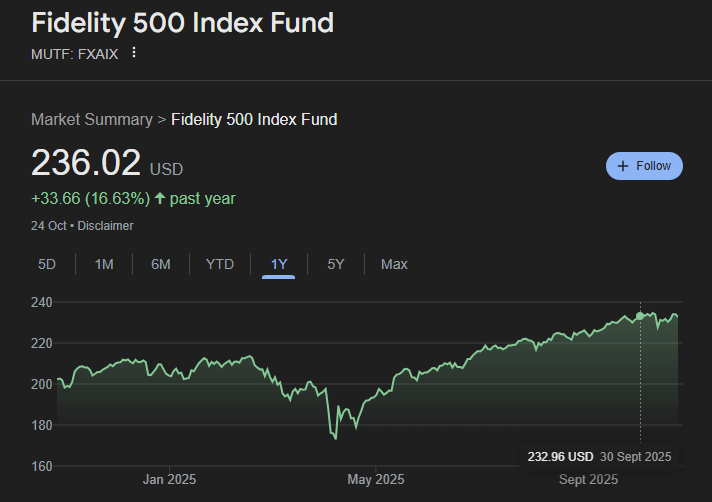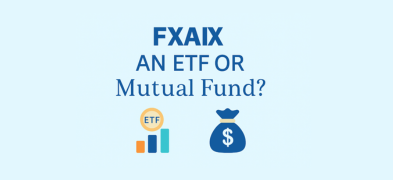Important Information
This website is managed by Ultima Markets’ international entities, and it’s important to emphasise that they are not subject to regulation by the FCA in the UK. Therefore, you must understand that you will not have the FCA’s protection when investing through this website – for example:
- You will not be guaranteed Negative Balance Protection
- You will not be protected by FCA’s leverage restrictions
- You will not have the right to settle disputes via the Financial Ombudsman Service (FOS)
- You will not be protected by Financial Services Compensation Scheme (FSCS)
- Any monies deposited will not be afforded the protection required under the FCA Client Assets Sourcebook. The level of protection for your funds will be determined by the regulations of the relevant local regulator.
Note: Ultima Markets is currently developing a dedicated website for UK clients and expects to onboard UK clients under FCA regulations in 2026.
If you would like to proceed and visit this website, you acknowledge and confirm the following:
- 1.The website is owned by Ultima Markets’ international entities and not by Ultima Markets UK Ltd, which is regulated by the FCA.
- 2.Ultima Markets Limited, or any of the Ultima Markets international entities, are neither based in the UK nor licensed by the FCA.
- 3.You are accessing the website at your own initiative and have not been solicited by Ultima Markets Limited in any way.
- 4.Investing through this website does not grant you the protections provided by the FCA.
- 5.Should you choose to invest through this website or with any of the international Ultima Markets entities, you will be subject to the rules and regulations of the relevant international regulatory authorities, not the FCA.
Ultima Markets wants to make it clear that we are duly licensed and authorised to offer the services and financial derivative products listed on our website. Individuals accessing this website and registering a trading account do so entirely of their own volition and without prior solicitation.
By confirming your decision to proceed with entering the website, you hereby affirm that this decision was solely initiated by you, and no solicitation has been made by any Ultima Markets entity.
I confirm my intention to proceed and enter this website Please direct me to the website operated by Ultima Markets , regulated by the FCA in the United KingdomIs FXAIX an ETF Or Mutual Fund?
FXAIX is a mutual fund share class, not an exchange-traded fund. That means you buy and sell at the end-of-day NAV rather than throughout the day like an ETF. FXAIX is the Fidelity 500 Index Fund, an index mutual fund that tracks the S&P 500. It prices once per day at NAV after the market close and shows a $0 minimum to invest on Fidelity’s platform.

Key Facts About FXAIX
FXAIX is the Fidelity® 500 Index Fund, a low-cost S&P 500 index mutual fund (not an ETF). If you’re comparing “is FXAIX an ETF or mutual fund,” use these facts to decide what fits your account.
- Type: Index mutual fund, not an ETF.
- Objective: Track the S&P 500.
- Expense ratio (gross/prospectus): about 0.015%.
- Minimum investment: $0 (at Fidelity).
- Inception: February 17, 1988 (long live track record).
- NAV pricing: Once per trading day at close.
These details come from Fidelity’s official fund pages and current fund documents. Always verify the latest data on the issuer site before investing.

FXAIX vs. S&P 500 ETFs Like VOO: What’s the Real Difference?
FXAIX is a mutual fund, while VOO is an ETF. Both track the S&P 500, but their structures change the experience and sometimes your after-tax results.
Structure & Pricing
FXAIX is a mutual fund that prices once per day at NAV after the close. VOO is an ETF that trades intraday like a stock. This means with VOO you can react to markets in real time; with FXAIX you place orders that fill at the day’s closing NAV.
Trading & Liquidity
VOO offers intraday liquidity, limit orders, and the ability to set entries/exits during market hours. FXAIX suits set-and-forget investing, ideal for regular contributions where intraday timing isn’t essential.
Costs & Spreads
Both are extremely low-cost S&P 500 options. VOO’s total cost includes its expense ratio plus bid/ask spreads (usually tiny given its liquidity). FXAIX has a very low expense ratio and no bid/ask spread because it doesn’t trade on exchange.
Taxes (Taxable Accounts)
ETFs like VOO often deliver better tax efficiency via in-kind creation/redemption, which can reduce capital-gains distributions. FXAIX, as a mutual fund, may distribute gains more frequently. In IRAs/401(k)s, this difference usually matters less.
Minimums & Automation
On Fidelity’s platform, FXAIX shows a $0 minimum and integrates seamlessly with automatic investing—great for dollar-cost averaging. VOO requires buying whole shares (unless your broker supports fractional shares), and you manage contributions via ETF purchases.
Performance & Tracking
Both target the S&P 500, so pre-tax performance is typically very similar over time. Tiny gaps come from expense ratios, trading frictions (for ETFs), and tracking methodology but differences are generally marginal for long-term holders.
Order Types & Execution Control
With VOO you can use limit, stop, and market orders to fine-tune execution. FXAIX executes at the closing NAV, simple, predictable, and free of intraday price swings, but without precision timing.
Dividend Handling
VOO pays quarterly dividends you can reinvest or take in cash. FXAIX automatically reinvests if you choose that setting, which many long-term investors prefer for compounding.
Choose FXAIX if you want automatic contributions, end-of-day simplicity, and mutual-fund convenience especially inside retirement accounts. Choose VOO if you value intraday control, limit orders, and potential tax efficiency in taxable accounts.
Why People Confuse FXAIX with an ETF
Because FXAIX and VOO both mirror the same index, many investors assume they’re the same vehicle. They are not. The structure determines how you trade, how distributions are handled, and sometimes after-tax outcomes. That’s why the “is FXAIX an ETF or mutual fund” question is more than semantics, it affects costs, convenience, and taxes.
Which Should You Choose? FXAIX or S&P 500 ETF
Choosing between FXAIX and an S&P 500 ETF like VOO comes down to your account type, trading style, and tax situation.
Pick FXAIX if you value simplicity
FXAIX fits investors who prefer automatic contributions, end-of-day NAV pricing, and a $0 minimum on Fidelity. It is well suited for retirement accounts where tax efficiency differences matter less and you want a straightforward buy-and-hold setup.
Pick an S&P 500 ETF if you want control
VOO and similar ETFs offer intraday trading, limit and stop orders, and typically high liquidity. In taxable accounts, ETFs often have greater tax efficiency due to in-kind creation and redemption, which can help reduce capital-gains distributions over time.
For hands-off long-term investing, especially in IRAs or 401(k)s, FXAIX is a strong, low-cost choice. For taxable accounts where intraday flexibility and potential tax efficiency matter, an S&P 500 ETF like VOO may be the better fit. Align the structure with how you invest, not just what you invest in.
Risks and What to Watch
Before you decide between FXAIX (mutual fund) and an S&P 500 ETF like VOO, understand the practical risks.
- Market risk: Both FXAIX and S&P 500 ETFs fully participate in U.S. large-cap equity volatility.
- Tracking & costs: Extremely low, but still worth monitoring annually.
- Tax surprises (taxable accounts): Mutual funds can distribute capital gains; ETFs tend to be more tax-efficient on average.
Conclusion
FXAIX is not an ETF. It is the Fidelity 500 Index mutual fund that tracks the S&P 500. S&P 500 ETFs like VOO deliver the same core exposure but with intraday trading and potential tax efficiency advantages in taxable accounts. Let your account type, automation needs, and execution preferences decide the winner. If you prioritise set-and-forget contributions and end-of-day simplicity, FXAIX makes sense. If you want intraday control and may benefit from the ETF structure in a taxable account, VOO is a strong choice.
At Ultima Markets, our focus is education first. We help traders understand product structures, costs, and risks so they can make informed decisions that align with their goals. If you would like a neutral walkthrough of how mutual funds and ETFs differ, or how to build a diversified core around the S&P 500, explore our learning resources or speak with our team for general education.
Disclaimer: This content is provided for informational purposes only and does not constitute, and should not be construed as, financial, investment, or other professional advice. No statement or opinion contained here in should be considered a recommendation by Ultima Markets or the author regarding any specific investment product, strategy, or transaction. Readers are advised not to rely solely on this material when making investment decisions and should seek independent advice where appropriate.












